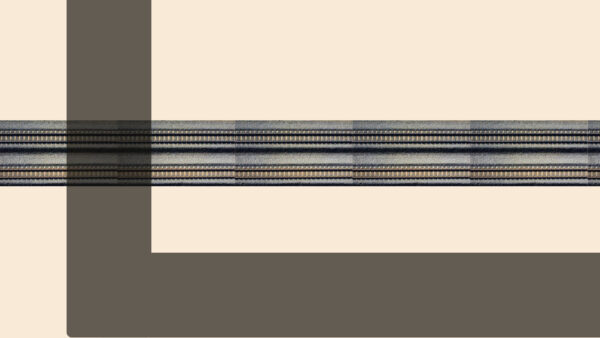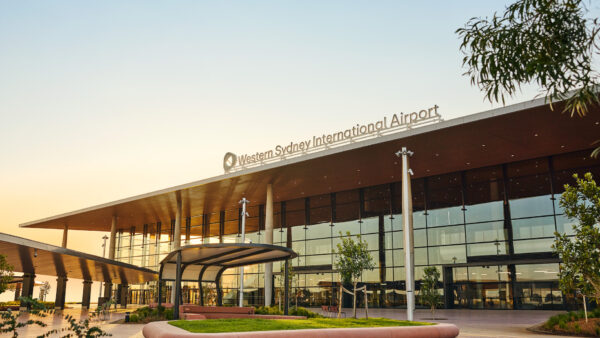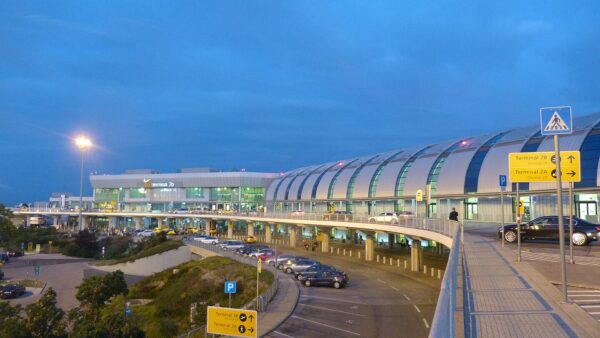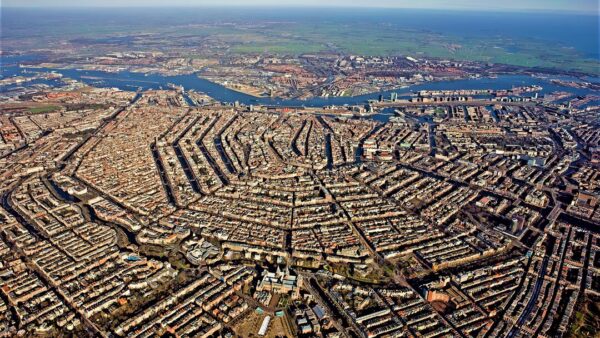The government of China this week ordered local authorities across the country to speed up improvements to city drainage systems as the death toll mounts from rampant urban flooding.
Extra intense rainfall all over China since June has seen the country pay a heavy price for rapid urbanisation without adequate drainage infrastructure, leading the government to crack the whip on the “sponge city” policy mooted by President Xi Jinping three years ago.
“Despite looking shiny and modern, Chinese cities are weak in their underground infrastructure,” commented the state news agency Xinhua in reporting the directive on 24 August. “During extreme downpours, many cities are easily flooded.”
(Cities should act) like sponges– Xi Jinping, Chinese President
Cities must now plan the building of underground utility corridors to help channel water, and integrate these corridors with new construction projects to ensure proper sewerage systems, the Ministry of Housing and Urban-Rural Development said.
To get things moving faster the government will encourage private capital to get involved.
China has always braced itself for the “Mei-Yu” season of heavy late-spring, early-summer rain, but this year has been the worst since 1998, according to risk and insurance firm Aon.
So far in 2016 floods have left 764 people dead or missing, while more than 800,000 homes and other structures were damaged or destroyed, Aon reported on 4 August, citing data from China’s Ministry of Civil Affairs.
The total combined economic losses were pegged at $33bn, with only 2% of the total losses recouped through insurance, Aon said.
For millennia China has battled floods in the rural Yangtze River Basin, but four decades of poorly planned urban sprawl has brought unmanageable inundations downtown, turning boulevards into rivers and football stadiums into giant bathtubs.
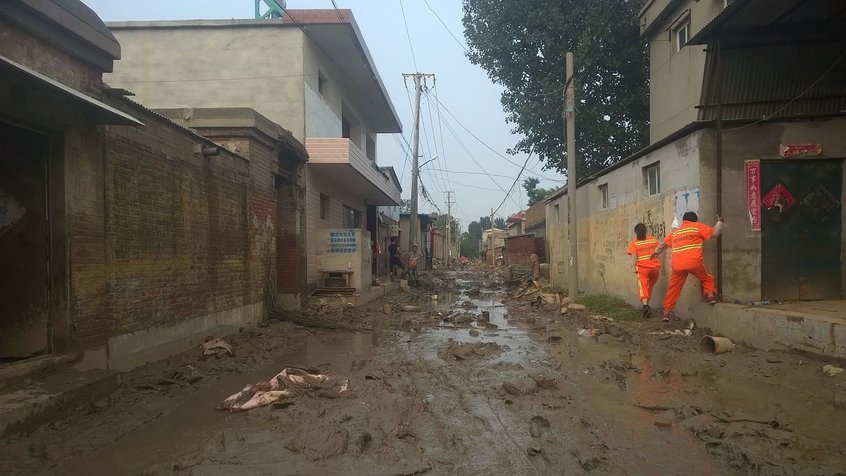
Aftermath in Xingtai city, where 25 people were reported killed in flooding in July 2016 triggered by the biggest rainfall since 1996 (Wikimedia Commons)
The government did see this coming. At a conference on urbanisation in 2013, President Xi urged that cities should act “like sponges”, using permeable pavements, upgraded sewerage systems, and localised, artificial wetlands to channel and capture rainfall for use.
Last year the government chose 16 pilot cities to test the concept, but this week’s order suggests a more urgent framing of the problem.
One official in the drainage department of Hefei City in Anhui Province told Xinhua that, ideally, the ground should soak up 80% of rainwater, leaving just 20% to be handled by sewers. But in China, where the area of paved and built-on land has more than doubled since 1998 (according to The Economist), this crucial ratio is reversed.
Showing the scale of the problem, in October last year the government stipulated that 20% of China’s cities should have modern sewer and drainage systems by 2020, with the number rising to 80% by 2030.
Top image: Flooded road in Shenyang city, Liaoning Province, China on 26 July, 2016, after the heaviest rains since 1980 (VCG/Getty Images)


